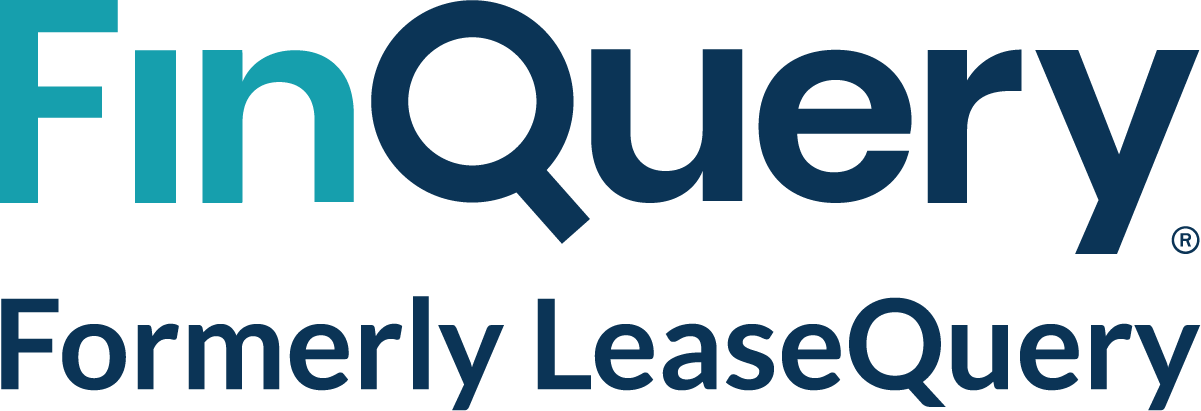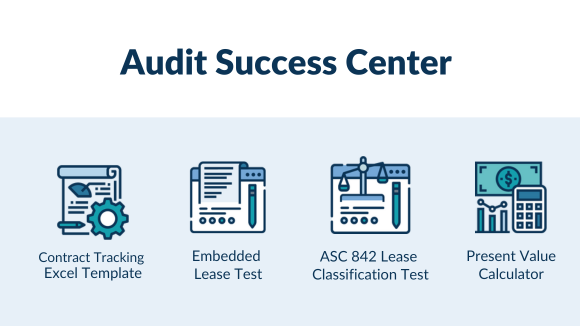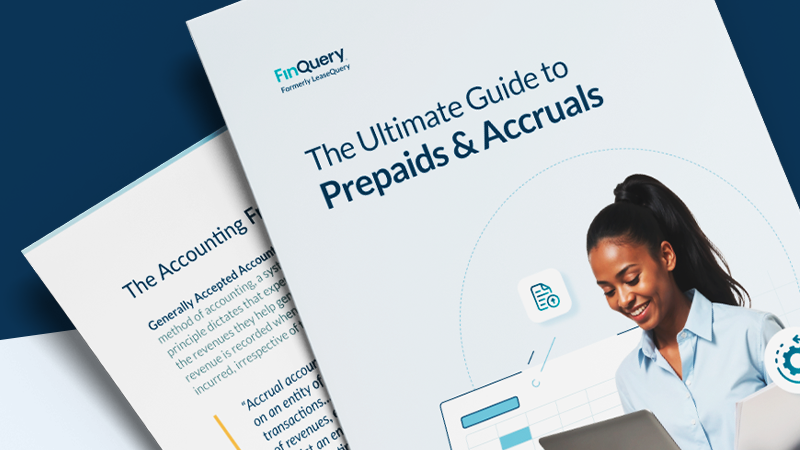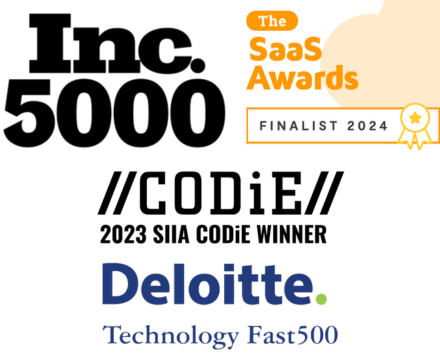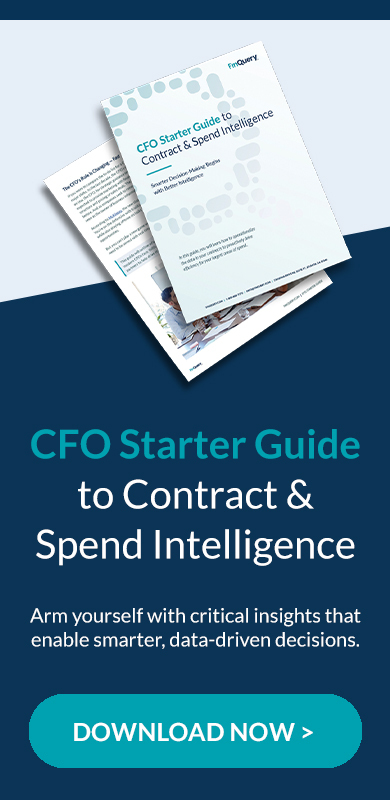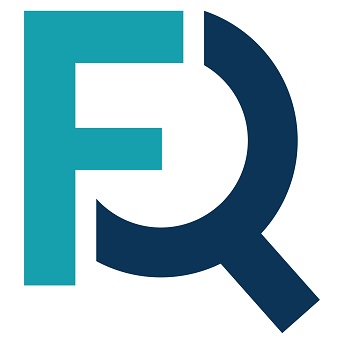Introduction
Since the introduction of the first commercial cloud in 2006, cloud computing has taken the business world by storm. More than 90% of organizations use the cloud today according to the latest O’Reilly Cloud Adoption Report and the costs are adding up. Even small to medium-sized businesses often spend over a million dollars annually on cloud services. The numbers are so big and growing because businesses aren’t just relying on the cloud for infrastructure. Cloud-based software as a service (or SaaS) has become a vital business tool since Salesforce arrived in 1999 as the first to offer cloud-based business apps. With cloud spend becoming such a huge part of the balance sheet, it is no surprise that businesses are investing in FinOps efforts to manage costs and maximize value or that proper SaaS management is key to the success of those FinOps efforts.
What is FinOps?
FinOps, short for Financial Operations, is an operational framework and cultural practice that maximizes the business value of cloud computing. It enables timely, data-driven decision-making and establishes financial accountability through collaboration between engineering, finance, and business teams. Essentially, FinOps turns cloud cost management into a team sport, ensuring everyone is responsible for optimizing cloud spend.
A Brief History of FinOps
FinOps and the FinOps Foundation were born out of Cloudability’s Customer Advisory Board meetings, where many cloud practitioners expressed the need for a community to discuss best practices beyond vendor tooling. In February 2019, the FinOps Foundation was established and in June 2020, the FinOps Foundation merged with the Linux Foundation, further solidifying its role in the tech community. At the outset, FinOps was heavily focused on managing cloud infrastructure costs. But with the rapid rise of SaaS tools in the business world, many recognized that there was more driving cloud spending than infrastructure. In February 2024, the FinOps Foundation added Licensing & SaaS capability to the FinOps Framework to recognize the critical importance of SaaS management in the optimization of cloud costs.
How Licensing and SaaS Fit into FinOps
Integrating SaaS into the FinOps framework is crucial for effective cloud cost management. There are three key components to understanding and optimizing the impact of SaaS investments on an organization’s cloud costs: understanding licensing, pricing, and purchasing; understanding use in the cloud; and managing the use of licenses and SaaS. Here’s a more detailed look at each area:
Understanding Licensing & SaaS Pricing and Purchasing
Though licensing and SaaS pricing can be complex, it’s essential to grasp the basics to manage costs effectively. Make sure to understand:
- Vendor-specific Terms: Each vendor has unique licensing terms, use rights, and pricing options. Understanding these is critical for minimizing over-deployment or under-deployment.
- Contract Management: Managing contracts, renewals, and understanding secondary metrics like access counts and API usage can help avoid unexpected costs.
- True-ups and True-downs: Some licenses allow for “true-ups” (increasing the number of licenses), but not “true-downs” (decreasing them). Knowing these terms can prevent overpaying for unused licenses.
Understanding Licenses & SaaS Usage in the Cloud
Effective SaaS management requires understanding not just of how licenses are billed but also how and how much they are being used. Look into the following:
- Tagging and Cost Allocation: Properly tagging and allocating costs ensures transparency and accountability.
- Billing Data: Collect billing data from both cloud providers and SaaS vendors. Use data from the general ledger for a historical perspective and leverage data in vendor contracts for a forecasting view.
- SaaS Management Solution: Tools can help track and manage license usage.
Managing Use of Licenses & SaaS
With insight into billing and usage, the next step is balancing the use of SaaS to optimize both cost and value. Try these tactics:
- Comparative Analysis: Regularly compare the benefits and costs of using various SaaS solutions.
- Long-term Planning: Some licenses may have longer-term commitments than others. As per the old adage, “nothing is more permanent than a temporary solution” even a short-term agreement might have a long-term impact. Work with cross-functional teams to plan adjustments well in advance.
- Risk Management: Look for a SaaS management solution with contract management capabilities to enable visibility and coordination across functions to manage risks associated with contractual obligations and compliance.
Practical Steps to Implement SaaS Management in FinOps
Implementing SaaS management into FinOps efforts requires a strategic approach. Here are some practical steps to get started:
Step 1: Conduct a SaaS Audit
Begin by conducting a comprehensive audit of all SaaS applications in use. This will help you understand your current landscape and identify any shadow IT or zombie subscriptions. For best results, consider using a SaaS Management Platform for automatic discovery of all SaaS in use in your environment.
Step 2: Establish Governance Policies
Develop policies for SaaS procurement, usage, and management. Ensure these policies are communicated across the organization and enforced consistently.
Step 3: Utilize SaaS Management Tools
Leverage a SaaS Management Tool to establish an ongoing practice. In addition to providing automatic discovery for full visibility into your SaaS stack these solutions can improve efficiency, visibility, and cost optimization. A SaaS management tool can automate tedious tasks like provisioning and deprovisioning licenses, freeing up valuable IT resources. It can also help track usage, provide renewal reminders, and provide insights into spending for better cost optimization on an ongoing basis.
Step 4: Collaborate with Stakeholders
Work closely with stakeholders, including finance, procurement, and legal teams, to ensure a holistic approach to SaaS management. Collaboration is key to aligning objectives and achieving cost optimization.
Conclusion
It’s easy to see why SaaS management has been incorporated in the FinOps framework. By understanding the intricacies of SaaS pricing, usage, and management, organizations can optimize their cloud costs and drive better business value. Easily weave SaaS management into your FinOps program with a solution to help save costs, enhance efficiency, and drive better decision-making across the board.
